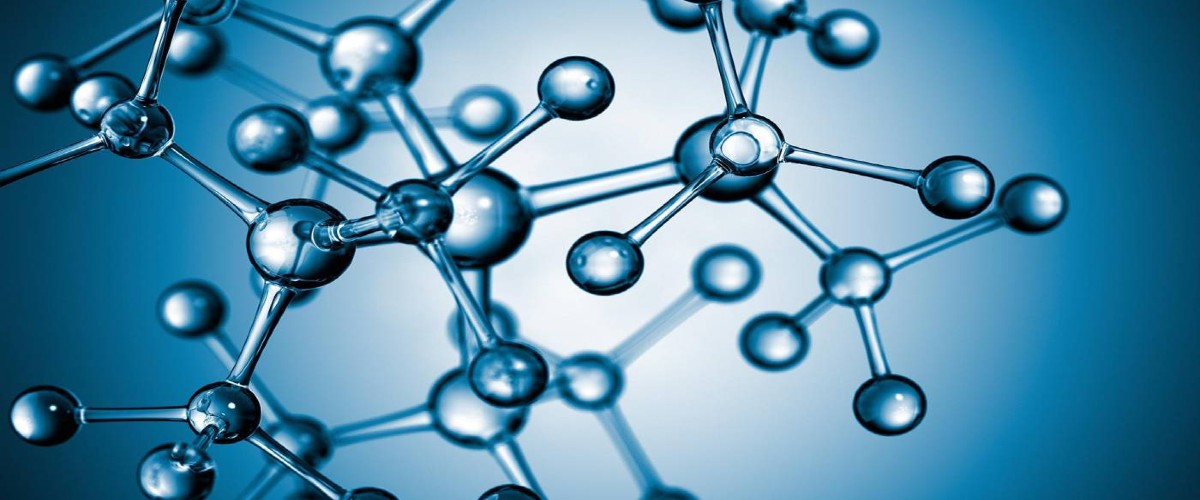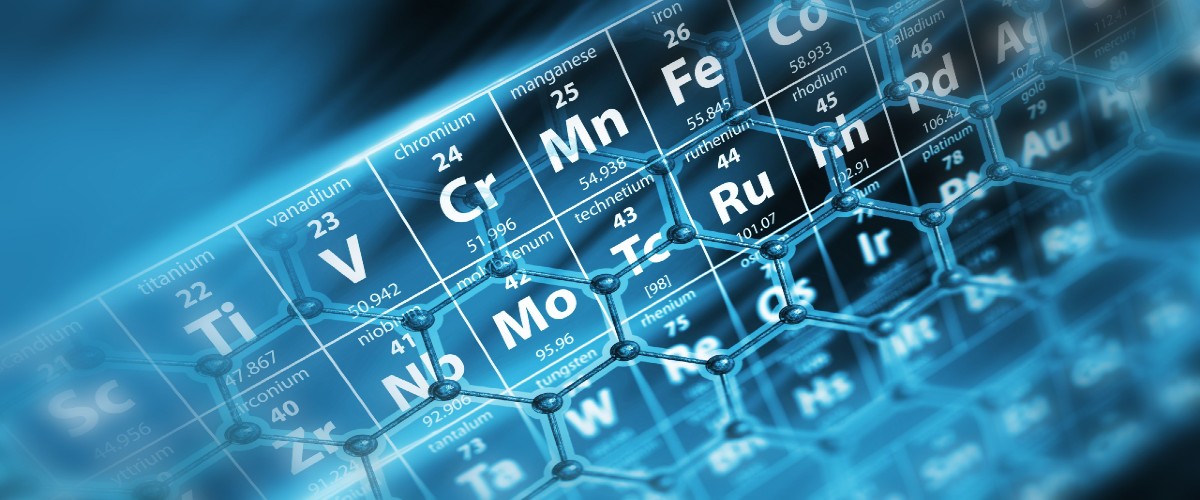AMINES
 Amines are derived by substituting organic groups for one or more hydrogen atoms in ammonia organic compounds and functional groups. Structurally, amines are similar to ammonia, but one or more hydrogen atoms have been replaced by organic substituents such as alkyl or aryl groups. An important exception to this rule are compounds of the RC(O)NR2 type (corresponding to the C(O) carbonyl group), which are referred to as amides rather than amines.
Amines are derived by substituting organic groups for one or more hydrogen atoms in ammonia organic compounds and functional groups. Structurally, amines are similar to ammonia, but one or more hydrogen atoms have been replaced by organic substituents such as alkyl or aryl groups. An important exception to this rule are compounds of the RC(O)NR2 type (corresponding to the C(O) carbonyl group), which are referred to as amides rather than amines.This distinction is chemically important because amides and amines have different structures and properties. What is somewhat confusing in terms of naming is that when the N-H group of an amine is substituted by N-M (M = metal), it is also called an amide. For example, (CH3)2NLi is lithium dimethylamide.
Structurally, amines are similar to ammonia, but one or more of the hydrogen atoms have been replaced by organic radicals such as alkyl or aryl.






